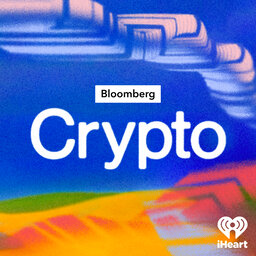Time to Upgrade the Ethereum Blockchain (Again)
Nearly five months ago, the Ethereum blockchain successfully completed what was — at the time — a very complicated and years-in-the-making update. Called The Merge, it allowed the blockchain to move from validating transactions using computers, that took a lot of energy to run, to a proof-of-stake model. The switch cut Etherium’s power consumption by more than 99 percent. After The Merge, the price of Eth rallied a bit, but has since fallen about 15 percent.
Now, software developers who work on Ethereum are gearing up for a new upgrade called Shanghai. It will allow the tokens being used to order transactions on the blockchain to be withdrawn. Right now all those tokens are tied up in staking wallets.
To talk more about what’s entailed in the Shanghai upgrade, Bloomberg reporter Olga Kharif joins this episode.
Subscribe to the Bloomberg Crypto Newsletter at https://bloom.bg/cryptonewsletter
 Bloomberg Crypto
Bloomberg Crypto


